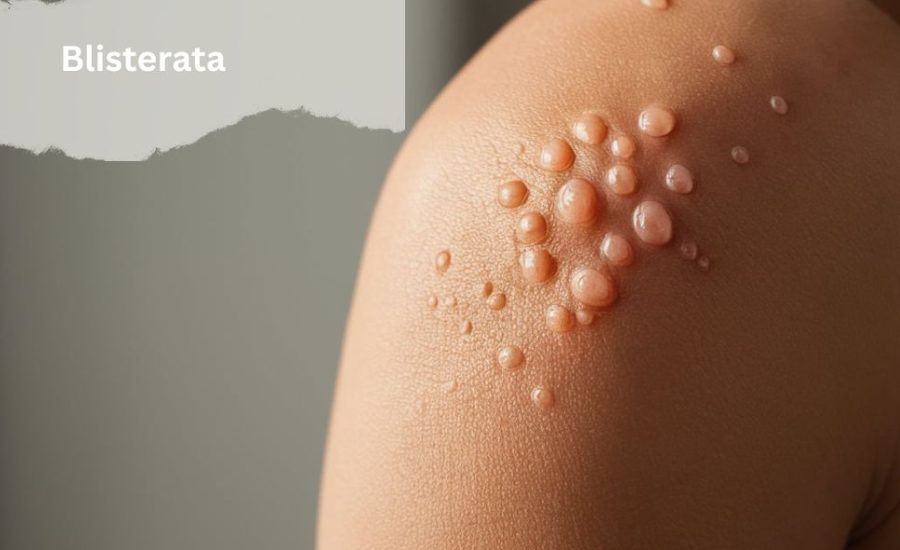Blisterata, Accessible, Utilize, contrast, Science, Results, & More
Introduction
Small, fluid-filled pockets known as blisters may be extremely uncomfortable for anybody, even if they’re just breaking in new shoes or an avid hiker. These unpleasant annoyances might interfere with your regular tasks and have an impact on it. However, what precisely are blisters, and how can they be prevented and managed? We’ll go over the basics of blisters in this tutorial, including their causes, available treatments, and preventative measures. Gaining an understanding of these factors will enable you to deal with blisters confidently and guarantee a more pleasant and joyful experience during your athletic endeavours.
What Are Blisterata?
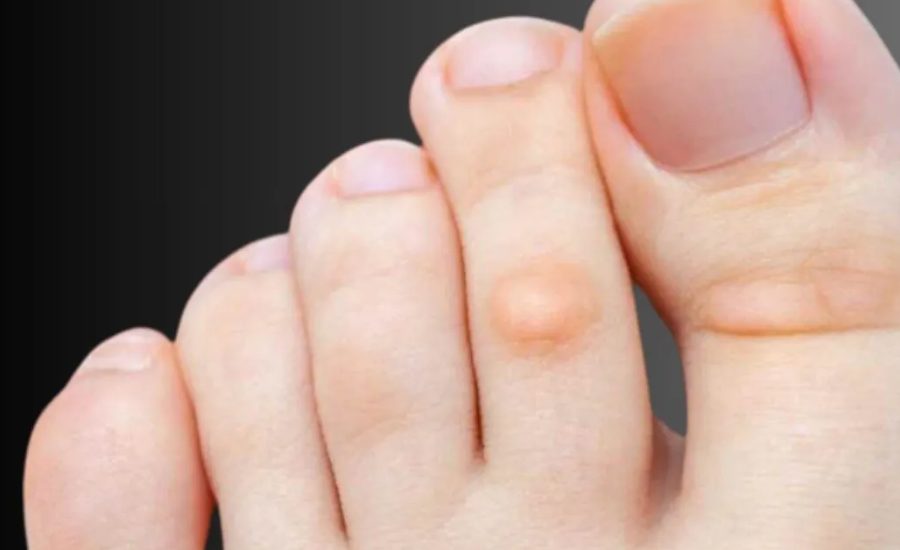
Blisters, known in medical terms as “blisterata,” are small, fluid-filled sacs that appear on the skin’s surface. These formations often arise due to friction, burns, or underlying medical conditions. Though blisters are usually not serious, they can be quite bothersome and, at times, painful.
For efficient treatment and prevention, it is essential to comprehend the causes of blisters. Repetitive pressure or rubbing on the skin, as from ill-fitting shoes or extended tool use, can result in friction blisters. Blisters can develop after burns caused by heat, chemicals, or sun exposure because of the way the skin’s protective layer reacts to the injury. Blisters may also be caused by certain illnesses and diseases, so it’s critical to understand when they could be an indication of a more serious health problem.
Blisters serve as a protective barrier for the skin beneath, allowing time for healing. However, their discomfort can impact daily activities and quality of life. For those experiencing blisters, whether from physical activity or other causes, knowing how to manage and care for them is essential. Proper treatment involves keeping the blister clean and protected, avoiding unnecessary pressure or friction, and using appropriate dressings to facilitate healing. If a blister becomes particularly painful or shows signs of infection, seeking medical advice is recommended.
Blister prevention entails treating the common causes of blisters. Wearing protective gear and choosing footwear that fits properly can help reduce the chance of friction blisters. Treating burns as soon as possible with cold water and protective bandages might lessen the intensity of blister development. Understanding the telltale signs and symptoms of blisters can help prevent complications by facilitating prompt management.
In conclusion, even though blisters are usually only a small annoyance, knowing why they occur and how to treat them may greatly improve comfort and hasten healing. You may lessen the effects of blisters and preserve your general health by being proactive and treating them appropriately.
The Science Behind Blisters

Blisters, or blisterata as they are medically referred to, are the body’s natural response to protect itself when subjected to excessive friction, pressure, or injury. When the skin endures significant stress, the top layer of the skin detaches from the underlying layers, creating a space that fills with fluid. This fluid serves as a protective cushion for the damaged tissues underneath, aiding in their healing process.
The formation of blisters is essentially a defense mechanism designed to safeguard the skin from further damage. By creating a barrier between the damaged outer layer and the external environment, blisters help to reduce additional irritation and allow the skin beneath to recover. Despite their protective role, blisters can cause considerable discomfort and pain, which often prompts individuals to seek relief.
Understanding the mechanics behind blister formation can help in managing and preventing them effectively. For instance, blisters commonly arise from friction caused by ill-fitting shoes or repetitive actions, such as handling tools without proper protection. Burns, whether from hot surfaces, chemicals, or sun exposure, can also lead to blistering as the skin reacts to intense heat or irritation.
To alleviate the discomfort associated with blisters, it is important to adopt appropriate care strategies. Keeping the blister clean and covered with a sterile dressing can prevent infection and reduce pain. Avoiding further friction or pressure on the affected area is crucial to allowing the blister to heal properly. In cases where blisters are particularly painful or show signs of infection, seeking medical attention is advisable to ensure proper treatment and recovery.
Preventive measures can also play a significant role in reducing the likelihood of blister formation. Wearing well-fitted footwear, using protective gloves, and applying barrier creams can minimize friction and pressure. Additionally, promptly addressing burns with cool water and proper wound care can help prevent blister development and alleviate discomfort.
In conclusion, while blisters are a natural and protective response by the body, they can be bothersome and painful. Understanding their formation and implementing effective management strategies can help mitigate their impact and support a smoother healing process. By taking preventive actions and caring for blisters appropriately, you can enhance comfort and promote overall skin health.
Results of Blisterata
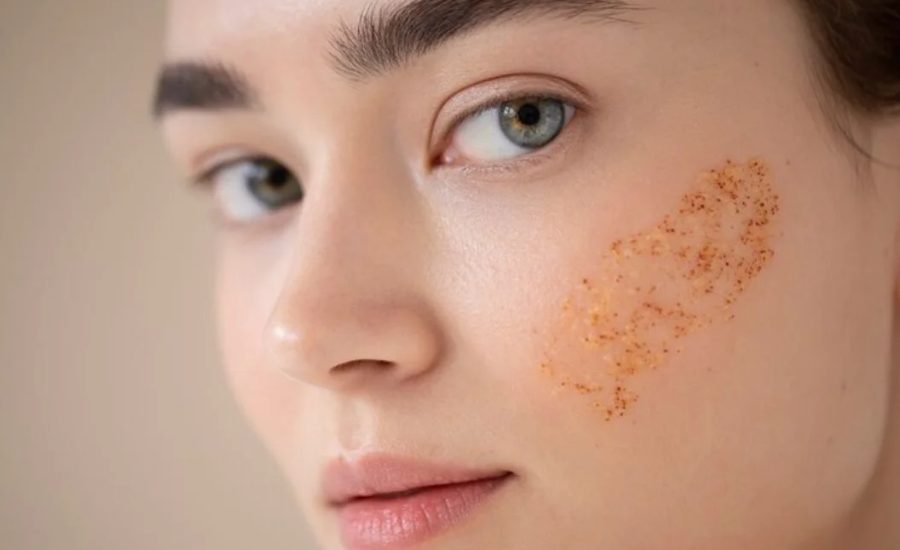
Experiencing stomach discomfort, diarrhea, headaches, and nausea are common side effects that can arise from various medications or treatments. In most cases, these symptoms are mild and resolve on their own without the need for medical intervention. However, there are instances where these reactions can be more severe and may require prompt medical attention.
Stomach pain and gastrointestinal issues like diarrhea are typical responses when your digestive system reacts to a new medication or treatment. Headaches and nausea are also common, as the body adjusts to the effects of the substance. These side effects, while uncomfortable, usually dissipate as your body acclimates to the treatment.
Nonetheless, it’s crucial to be attentive to the severity of these symptoms. If you experience intense or persistent discomfort, it may be a sign of a more serious reaction that warrants professional evaluation. Severe symptoms such as significant abdominal pain, prolonged diarrhea, severe headaches, or persistent nausea should be addressed by a healthcare provider to rule out any underlying complications.
In cases where side effects are more than just mildly bothersome, or if they significantly impact your daily life, seeking medical advice is essential. A healthcare professional can offer guidance on how to manage these symptoms effectively and determine whether any adjustments to your treatment plan are necessary.
It’s also important to keep track of any new symptoms and inform your healthcare provider, especially if they develop unexpectedly or worsen over time. This proactive approach ensures that any potential issues are identified early and addressed appropriately, helping to prevent more serious health concerns.
In conclusion, even while headaches, nausea, diarrhoea, and stomach discomfort are frequently mild side effects that go away on their own, it’s critical to get medical help if these symptoms worsen or continue. Maintaining excellent side effect management and making sure your treatment is safe and effective may be achieved with regular communication with your healthcare practitioner.
Sorts of Blisterata Items Accessible
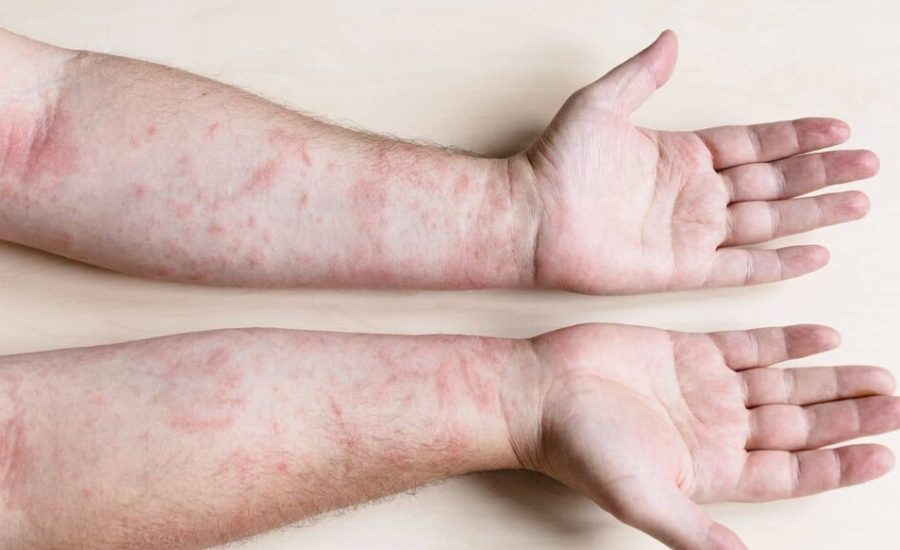
When selecting personal care or food products, you’ll typically encounter two main categories: those with preservatives and those without. Understanding the differences between these types can help you make a more informed choice based on your health preferences and needs.
On the other hand, products containing preservatives often include synthetic additives designed to extend shelf life and prevent spoilage. While these items can be more affordable and have a longer shelf life, they may involve exposure to artificial substances that some people prefer to avoid.
You may better match your product choices to your personal tastes and health objectives by being aware of what’s in them. Making decisions that promote your wellbeing requires knowing the substances and their possible effects, whether you choose products with additives or those devoid of preservatives.
Step by step instructions to Utilize Blisterata

If you haven’t yet heard of Blisterata, you’re not alone. This emerging natural remedy is gaining traction due to its potential to address various health concerns. So, what exactly is Blisterata? It is a plant native to the Amazon rainforest. The therapeutic use of Blisterata involves drying its leaves and processing them into a fine powder, which can be used either orally or topically.
Blisterata has long been used to treat wounds, skin diseases, and digestive problems. Promising outcomes in the treatment of ailments like arthritis, inflammation, and certain forms of cancer have been shown in recent research.
For those interested in incorporating Blisterata into their wellness regimen, there are some key considerations to keep in mind. Start with a small dose to gauge your body’s reaction, and increase the amount gradually as needed. When taking it orally, it’s advisable to consume it with food to minimize the risk of nausea. If using it topically, apply the powder directly to the affected area and cover it with a bandage to enhance absorption and effectiveness.
Blisterata represents a natural approach to managing a broad spectrum of health issues. As with any remedy, consulting with a healthcare provider before starting treatment is recommended to ensure it aligns with your individual health needs and conditions.
Recipes Utilizing Blisterata

Blending different types of cheese to create a unique flavor profile is a popular technique in cooking. This approach results in a distinct cheese blend often used to enhance dishes that require a rich, cheesy taste. A common example of this is a cheese blend, where various cheeses are combined to achieve a complex flavor and texture.
These mixtures are often used in recipes like lasagna, macaroni and cheese, and other heavy foods that benefit from a strong cheese flavour. Cooks may produce a more flavourful and pleasing end result by blending cheeses with diverse qualities, such as sharpness, creaminess, and meltability.
Cooking with a cheese mix gives you more flexibility as you may adjust the taste and consistency to meet your needs. Cheese blending may improve the flavour and texture of your food as well as the entire eating experience, regardless of your preference for a sour or harsh taste.
Options in Contrast to Blisterata
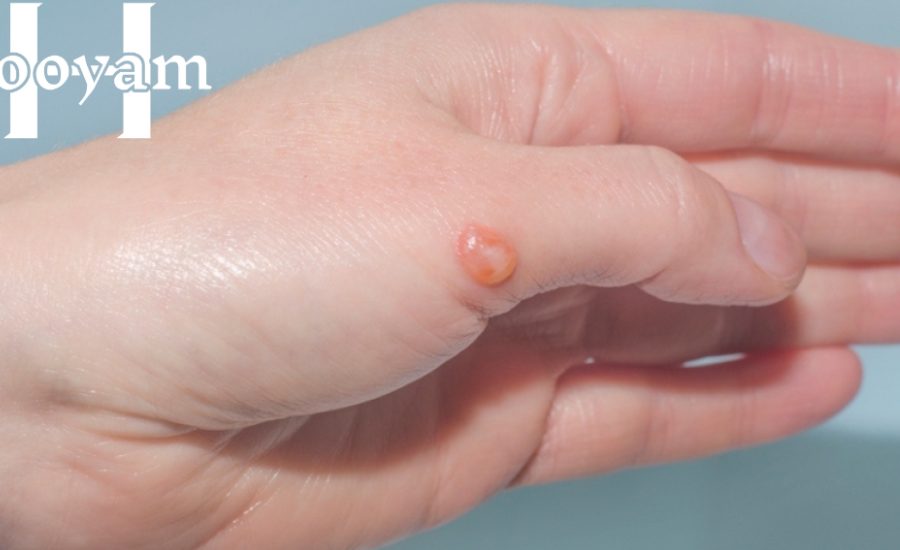
There are several alternative treatments for blisterata, including acupuncture, aromatherapy, chiropractic care, massage therapy, and physical therapy. Each of these approaches offers different methods for managing and alleviating symptoms associated with blisterata, potentially providing relief through non-traditional means.
How Blisterata Works
Bliste’rata’s effectiveness lies in its dual-layer approach using nylon and wool socks. The nylon socks act as a barrier to reduce friction and irritation, while the wool socks offer extra cushioning and support. This combination minimizes pressure and friction, significantly lowering the risk of blister formation.
Frequently Asked Questions (FAQs) About Blisterata
1. What exactly is Blisterata?
Blisterata refers to small, fluid-filled blisters that form on the skin. These blisters can be caused by friction, burns, or certain medical conditions. They usually appear as small pockets of fluid under the skin’s surface and can be quite uncomfortable.
2. What causes blisters to form?
Blisters are typically caused by friction, such as from ill-fitting shoes or repetitive rubbing. They can also result from burns, whether from heat, chemicals, or sun exposure. Certain medical conditions and infections can also lead to blister formation.
3. How can I prevent blisters?
To prevent blisters, it’s important to minimize friction and pressure on the skin. Wear well-fitting shoes, use protective gloves if handling tools, and apply barrier creams when needed. For burns, treat them promptly with cool water and protect the area with a clean bandage.
4. How should I care for a blister?
To stop an infection, keep the blister clean and covered with a sterile bandage. Because bursting the blister might cause an infection, avoid doing so. If the blister becomes very painful or shows signs of infection, consult a healthcare professional for proper treatment.
5. When should I seek medical attention for a blister?
Seek medical attention if the blister is unusually painful, shows signs of infection (such as increased redness, swelling, or pus), or if you have any concerns about its appearance or symptoms. Also, if you experience blisters due to an underlying medical condition, consult your healthcare provider.
6. What are some common treatments for blisters?
Common treatments for blisters include keeping the area clean, using blister pads or bandages, and avoiding further friction or pressure. Over-the-counter pain relievers can help manage discomfort. For severe cases, especially those with signs of infection, professional medical treatment may be necessary.
7. Can Blisterata be used for health conditions beyond skin blisters?
Yes, Blisterata, often a plant from the Amazon rainforest, is sometimes used in natural medicine for various health issues, including joint pain, inflammation, and digestive problems. However, it’s essential to consult a healthcare provider before using it for these purposes to ensure safety and effectiveness.
8. Are there alternatives to Blisterata for managing blisters?
Yes, alternatives include acupuncture, aromatherapy, chiropractic care, massage therapy, and physical therapy.These methods can offer relief through different approaches and may be worth exploring depending on your specific needs and preferences.
Final Words
Blisters, or “blisterata,” are those small, fluid-filled sacs that can make daily activities uncomfortable. They usually arise from friction, burns, or certain medical conditions. While they serve as a protective cushion for damaged skin, they can be bothersome and painful.
To manage blisters, it’s crucial to keep them clean, covered, and protected from further irritation. For prevention, opt for well-fitting shoes, use protective gear, and address burns immediately with cool water and proper care.
Blisterata, a natural remedy from the Amazon, shows promise for treating various health issues, but always consult with a healthcare provider before starting any new treatment. If blisters become severe or show signs of infection, seek medical advice promptly.
Understanding blisters and their treatment can improve comfort and hasten healing. By taking proactive measures and proper care, you can reduce their impact and maintain better skin health.
Read more detail about information at trendaddictor

